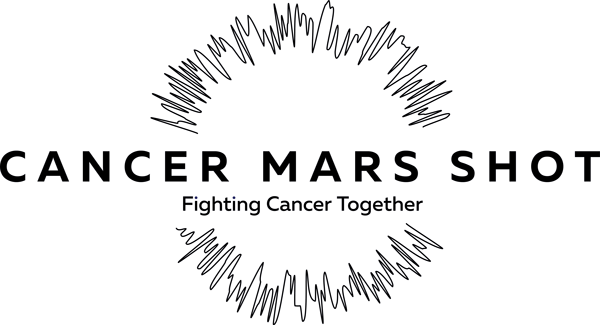How Biospecimens Drive the Advancements of Biomedical Research?
October 25, 2020

Biospecimens procured ethically from patients alongside clinical data are an invaluable resource to biomedical research. The importance of studying both liquid and solid human bioproducts lies within the samples’ individual characteristics and its direct impact on the current trends in biomedical research.
Although the field of oncology is leading the way in almost every aspect of biomedical research, other fields such as autoimmune disorders and infectious diseases are showing a growing need for samples that are obtained via human biospecimen procurement.
Here, and in the following series of materials, we will look at the driving forces pushing the need for human biospecimens, their applications and specifications and some of the main guidelines for working with such materials.
Biospecimens are driving innovative drug and therapy development
Over the last years, the focus of biopharma has moved towards precision medicine and immunologic or genetic-based therapies. This transition requires a more in-depth understanding of the molecular and cellular mechanisms underlying a given pathological condition.
Novel therapies are moving away from the “one size fits all” concept and are working towards a patient-tailored precision therapy approach 1. The progression of such therapies relies on discovering and validating new biomarkers and therapeutic targets.
Research in this area has delivered impressive results, and now, there are multiple stratification levels guiding the choice of treatment. Today it is evident to scientists and clinicians that a particular therapy might work in some patients but fail in others. In the field of cancer research, several markers, such as human epidermal growth factor receptor 2 (HER2) status for breast and epithelial growth factor receptor (EGFR) mutation status in lung cancer, are already established parameters in the choice of therapy 2,3. The identification of such biomarkers through screening programs of large sample cohorts derived from patients is a key point in the validation and establishment of novel targeted and precision therapies. These therapies include immune and cell-based therapies, vaccines, monoclonal antibodies, and drug conjugated antibodies.
Despite the significant accomplishments of immuno-oncology and other innovative strategies, a startling portion of treated patients (already pre-selected to be positively affected by a therapy) display early or late-onset resistance and relapse. This unfortunate reality shows that other factors within the background of these patients and their tumors are playing a role in their response to therapy 4. The identification and understanding of these mechanisms will further depend on the analysis of patient's derived biospecimens 5.
Human biospecimens are an essential complementation to other disease models
Along with the above-described trends and obstacles in the field of translational research, according to Pharma Intelligence, the biopharma market is facing a large disproportion in the numbers between high resource-demanding R&D parts of the pipelines and the final approved and launched drugs. Additionally, there is an astounding amount of published translational research performed on cell lines and animal models that often fails to deliver reproducible results when translated to the human system during the early stages of therapy and drug development.
These setbacks in patient care reiterate the importance of introducing a patient's derived material as early as possible into a biomedical research study in order to derive meaningful results that may prevent a lapse in patient care. Animal models and cell lines will still be needed, but the trends are moving steadily towards utilizing primary cell cultures and patient-derived tissue and biofluids.
Are you interested in accelerating your research with human biospecimens? Contact us to learn more about our collections and prospective capabilities.
Bibliography:
- Sawyers, C. < Targeted-cancer-therapy_2004_Nature.pdf > Nature 432, 294–297 (2004).
- Wang, J. & Xu, B. Targeted therapeutic options and future perspectives for her2-positive breast cancer. Signal Transduct. Target. Ther. 4, (2019).
- Bethune, G., Bethune, D., Ridgway, N. & Xu, Z. Epidermal growth factor receptor (EGFR) in lung cancer: An overview and update. J. Thorac. Dis. 2, 48–51 (2010).
- Groenendijk, F. H. & Bernards, R. Drug resistance to targeted therapies: Déjà vu all over again. Mol. Oncol. 8, 1067–1083 (2014).
- Crawford, J. M. & Tykocinski, M. L. Pathology as the enabler of human research. Lab. Investig. 85, 1058–1064 (2005).

